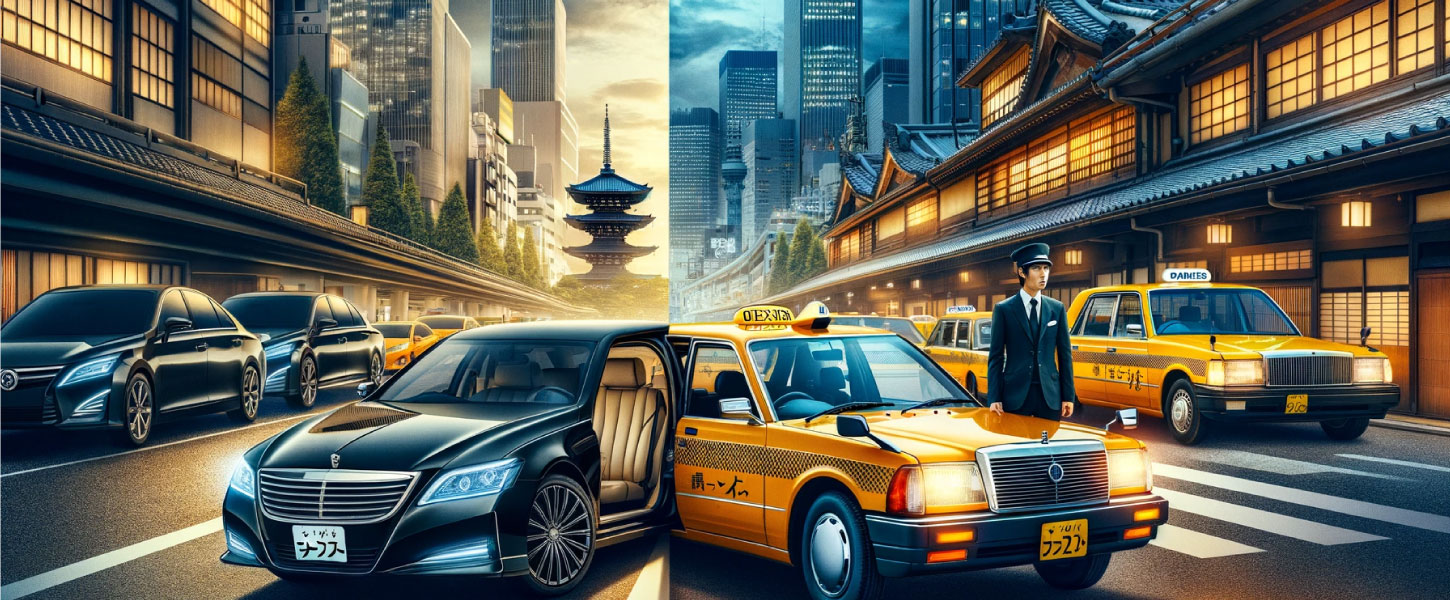In Japan, the distinction between city taxis and private cars encapsulates the broader choices between public and private transportation, each tailored to different needs and preferences. City taxis are a ubiquitous sight in urban Japan, offering on-demand, metered rides. They’re an integral part of the public transport system, providing flexibility for travelers without access to a personal vehicle or those choosing not to navigate the often complex public transportation networks. Taxis in Japan are known for their cleanliness, reliability, and the professionalism of their drivers, who often wear uniforms and gloves, adhering to a high standard of service. They are especially handy for direct, hassle-free travel to specific destinations, like from train stations to hotels, and are invaluable during late-night hours when most public transport services have ceased operations.
Private car services, on the other hand, offer a different level of service and luxury, catering to those seeking exclusivity, privacy, and a personalized experience. These services are often pre-booked, providing a seamless, customized journey based on the client’s schedule and preferences. Private cars range from luxury sedans to spacious minivans, equipped with amenities that ensure comfort and convenience. The drivers are not only skilled in navigation but also in accommodating the personal needs and preferences of their passengers, making them ideal for business travelers, tourists seeking tailored sightseeing experiences, or individuals attending special events.
While taxis are perfect for short, spontaneous trips within cities, private cars are suited for longer, more planned-out journeys or when a higher degree of service and comfort is desired. In the context of Japan’s transportation landscape, the choice between a city taxi and a private car service often boils down to the specific needs of the moment—whether prioritizing immediacy and convenience or valuing luxury and customization.


